Udemy Trinity Grade 6 Music Theory TUTORiAL
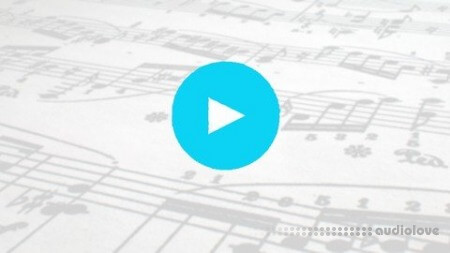
P2P | 26 October 2024 | 778 MB
A complete course covering the Trinity Grade 6 Music Theory syllabus.
Rhythm, Texture and Form
Demisemiquaver triplets (32nd note triplets)
Double dotted notes and rests
Duplets
Hemiola
Swung quavers (8th notes) (writing quavers to be played swing)
Understand and identify textures (homophonic, polyphonic, imitative, thick or dense, thin or transparent)
Understand the terms movement and Prelude
Binary form with reference particularly to Baroque sonatas (da camera and da chiesa) and dance suites (Allemande, Bourrée, Italian Corrente, French Courante, Italian Giga, French Gigue, Gavotte, Minuet and Sarabande - definitions for each as defined in the Trinity workbook)
Ternary form with reference particularly to Baroque dance suites (Bourrée I and II, Gavotte I and II and Minuet and Trio)
Air with variations
Chorale
Folk ballad
Composers and General Knowledge
The Baroque period.
Composers of particular relevance to this grade are those writing in the Baroque period (approximately 1600–1750), e.g. J S Bach, Corelli, Couperin, Handel, Marcello, Rameau, A and D Scarlatti, Telemann and Vivaldi
Pitch
All major keys (for all major keys: scales, key signatures, arpeggios, broken chords, broken chords of the dominant 7th, and tonic triads (root, first or second inversion))
All minor keys (for all minor keys: scales - natural (Aeolian mode) and harmonic and melodic minor, key signatures, arpeggios, broken chords, broken chords of the dominant 7th, and tonic triads (root, first or second inversion))
3rd, 6th and 7th degrees of the major/minor scale being known as mediant, submediant and leading note respectively
Recognising and writing diminished 7th chords (with an understanding of correct spelling and their enharmonic equivalents)
Broken chords of all diminished 7th chords
Writing and labelling chords on every degree of the scale (harmonic and melodic minors) in any key as well-balanced 4-part chords for SATB in root, first or second inversions (plus third inversions for dominant 7ths and diminished 7ths), using Roman numerals or chord symbols
Recognising and writing figured bass for all major and minor chords for the grade in root, first or second inversion
Recognising and writing augmented chords
Recognition of all intervals including compound intervals
Recognising pedal points on the tonic and dominant degrees of the scale
Recognising and writing harmonic sequences and identifying the keys that they travel through
Recognising and writing perfect, plagal, imperfect and interrupted cadences
Labelling the chords of a phrase of a chorale/hymn in Roman numerals and chord symbols, and completing it with an appropriate two-chord cadence (bass line given)
Writing a short extract from close to open score for SATB (chorale/hymn phrase), or vice versa
Recognising and writing C, D, F or G pentatonic major scales, A, B, D or E pentatonic minor and A, B, D or E blues scales
Concept of modes with reference particularly to Aeolian mode (the natural minor)
Identifying music written using the Aeolian mode (natural minor)
Writing an 8-bar melody using notes from the major, minor, pentatonic major, pentatonic minor, blues scales or using notes from the Aeolian mode
Transposing a melody for any transposing instrument for the grade (transposing interval to be known for descant recorder, clarinet in Bb, alto saxophone in Eb, tenor saxophone in Bb, trumpet in Bb, French horn in F, double bass and classical guitar)
Ranges of clarinet in A, treble recorder, saxophones (tenor in Bb and baritone in Eb) as defined in the Trinity Workbook
Identifying variation/decoration (harmonic, melodic, dynamic and textural)
Musical terms and symbols
home page:
https://goo.su/bElS4L
DOWNLOAD
Related News:
 Udemy Trinity Grade 8 Music Theory TUTORiAL
Udemy Trinity Grade 8 Music Theory TUTORiALP2P | 26 October 2024 | 845 MB A complete course covering the Trinity Grade 8 Music Theory syllabus. Form The concerto - the number and type of movements likely to be found in Baroque, Classical and Romantic concertos - definitions for each as defined in the workbook...
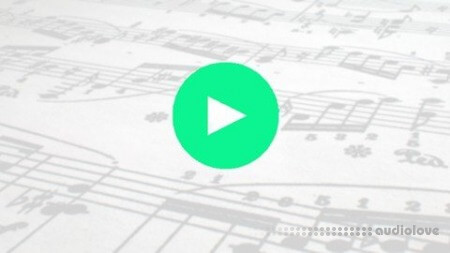 Udemy Trinity Grade 5 Music Theory TUTORiAL
Udemy Trinity Grade 5 Music Theory TUTORiALP2P | 25 October 2024 | 333 MB This Grade 5 Music Theory video courses covers the Trinity syllabus in full. This course is for candidates preparing for Trinity Grade 5 Music Theory...
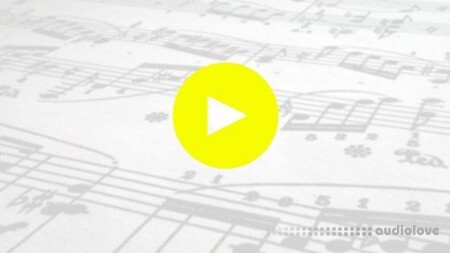 Udemy Trinity Grade 3 Music Theory TUTORiAL
Udemy Trinity Grade 3 Music Theory TUTORiALP2P | 24 October 2024 | 256 MB This Grade 3 Music Theory video courses covers the Trinity syllabus in full. Rhythm Compound time (time signatures of 6/8, 9/8 and 12/8 )...
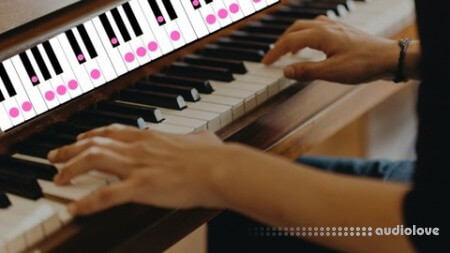 Udemy Complete Course: Scales and Arpeggios for Piano and Keyboard TUTORiAL
Udemy Complete Course: Scales and Arpeggios for Piano and Keyboard TUTORiALP2P | 27 January 2024 | 5.9 GB Welcome to this complete Scales for Piano and Keyboard Course written for piano and music beginners. I'm RL your instructor, and I'll show you how to play scales on a piano or keyboard, and also bring you behind the scene to understand why you are playing the scales and arpeggios this way!...


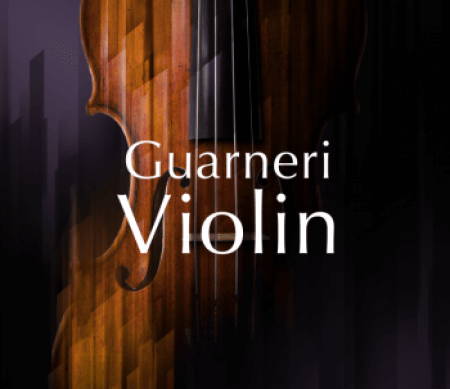

Comments for Udemy Trinity Grade 6 Music Theory TUTORiAL:
No comments yet, add a comment!